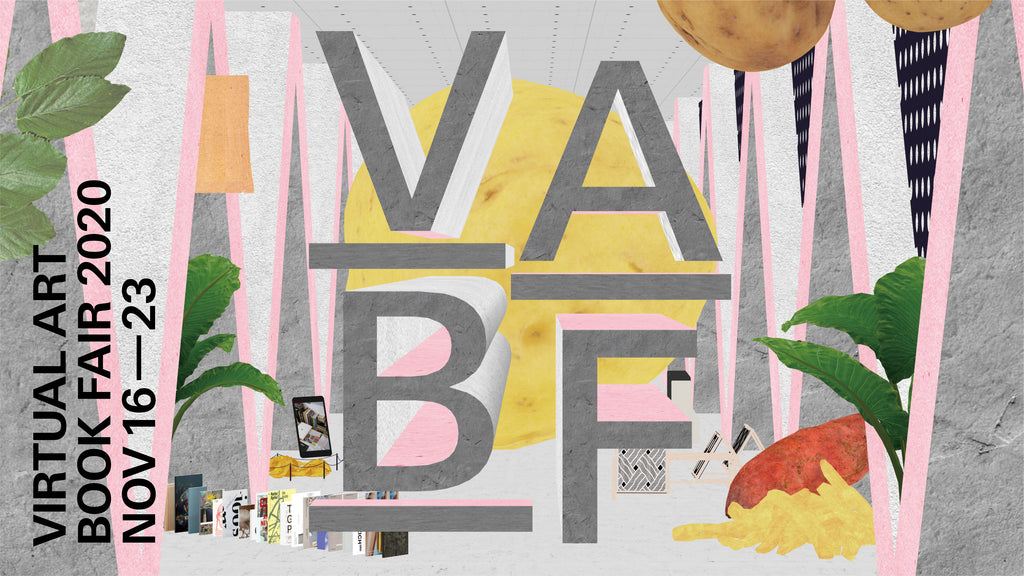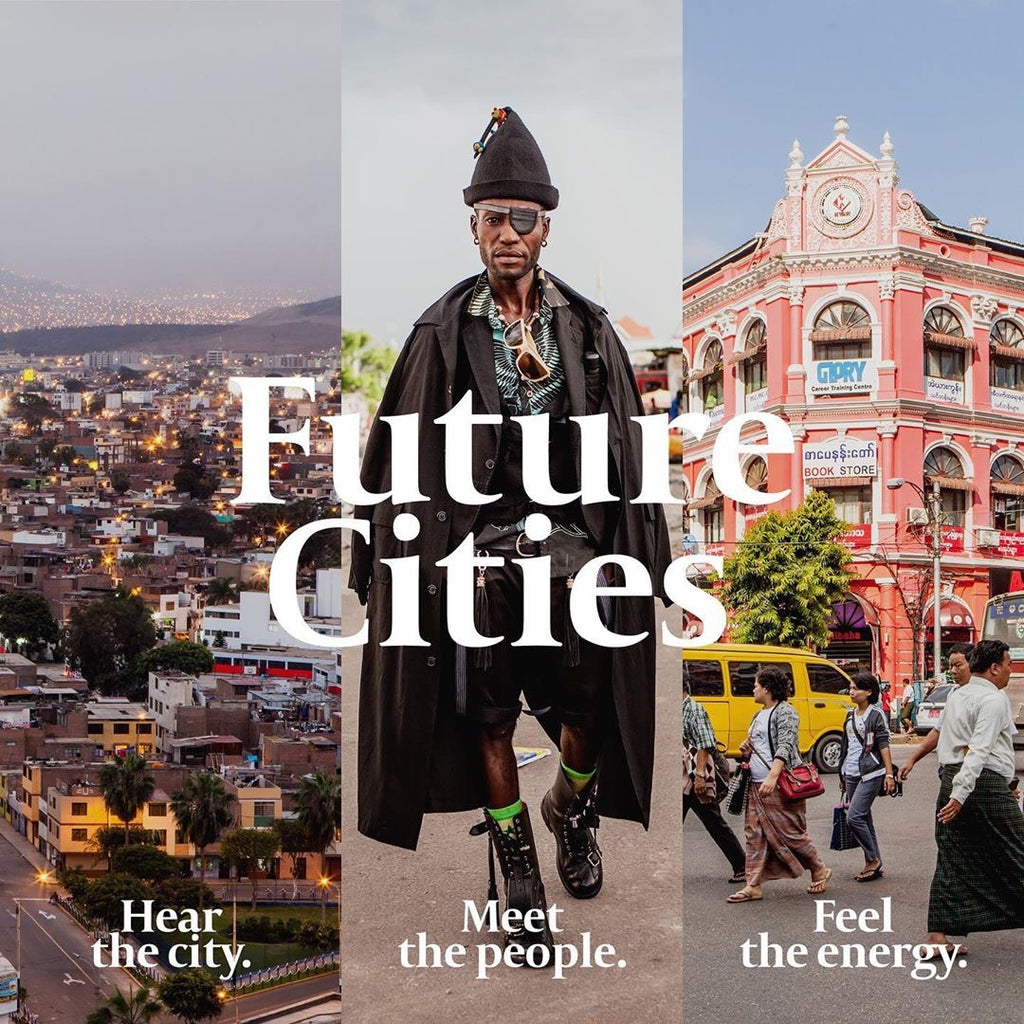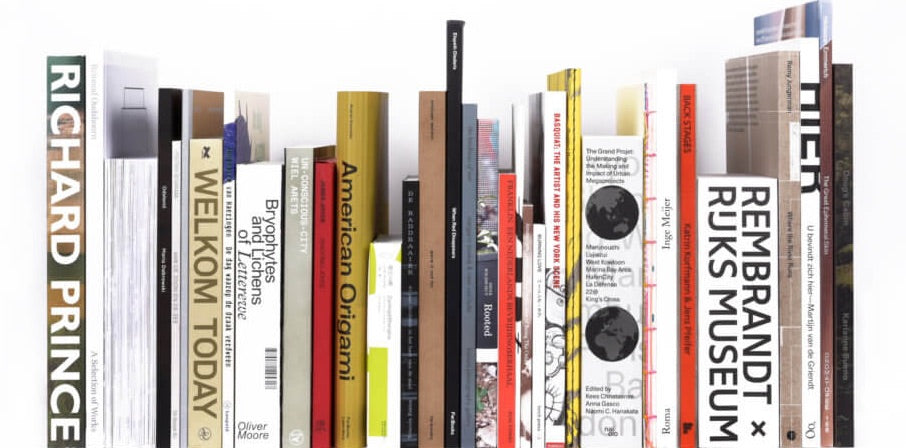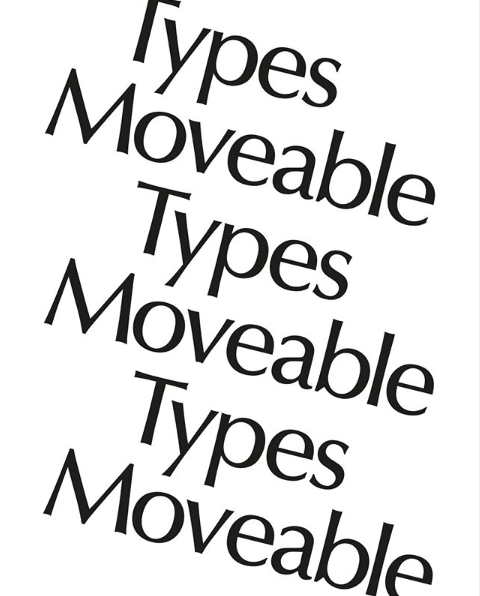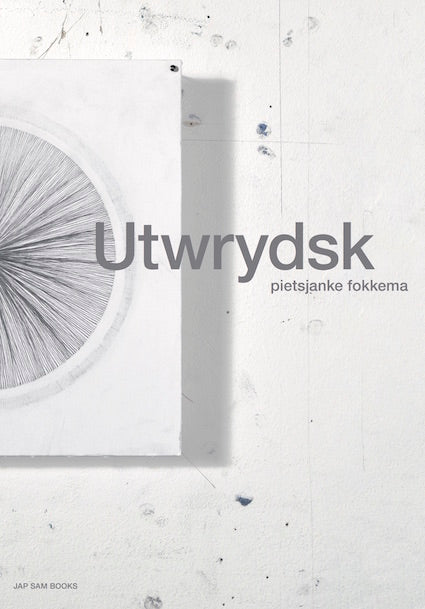Tokyo Art Book Fair - Virtual Art Book Fair
November 16–November 23, 2020
Jap Sam Books is thrilled to participate in this year's 2020 Virtual Art Book Fair (VABF) organized by Tokyo Art Book Fair (TABF). The fair was originally scheduled for Fall 2020 at the Museum of Contemporary Art Tokyo.


